- About

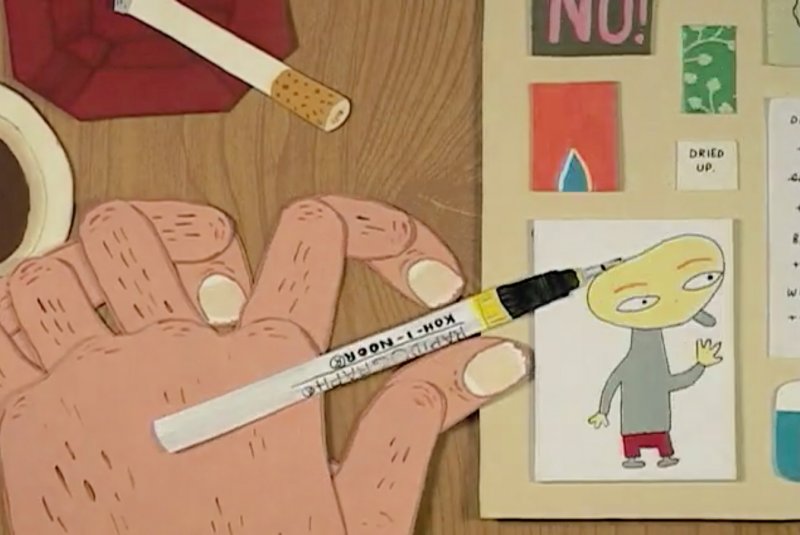 Still from 'The Collagist', Amy Lockhart, 2009, mixed media stop motion
Still from 'The Collagist', Amy Lockhart, 2009, mixed media stop motion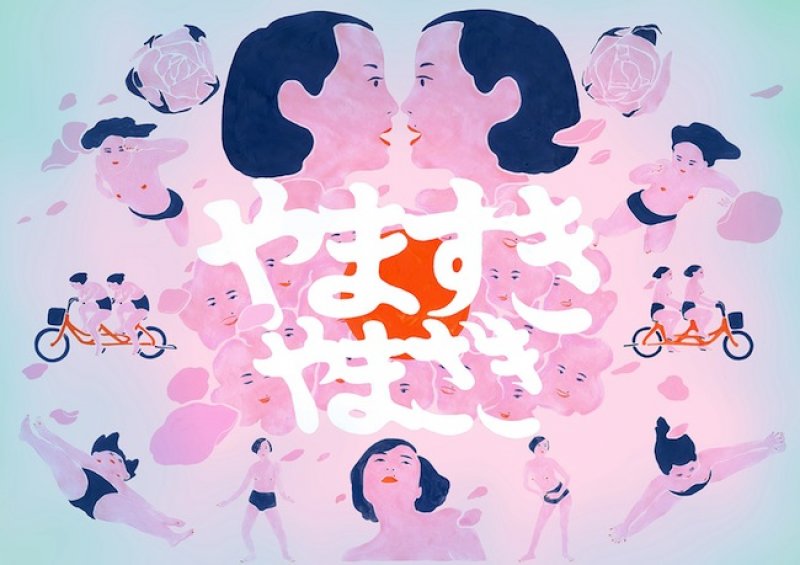 'YAMASUKI YAMAZAKI', Shi Shi Yamasaki, 2013, Rotoscope watercolour
'YAMASUKI YAMAZAKI', Shi Shi Yamasaki, 2013, Rotoscope watercolour 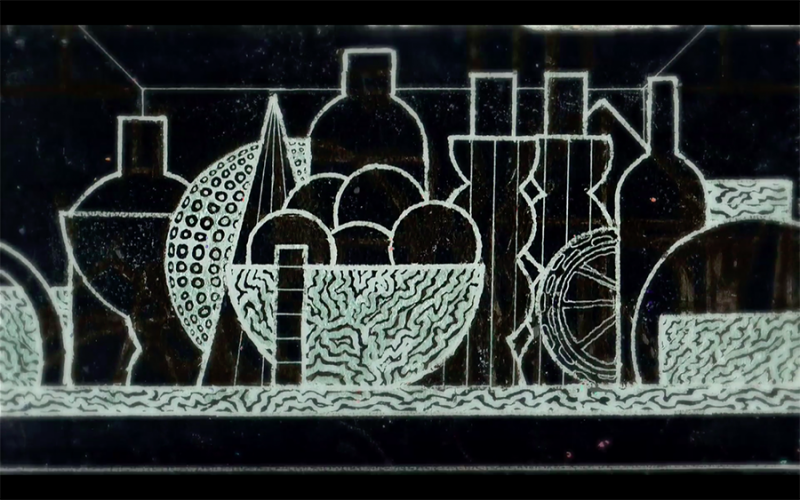 Still from 'Last Meal', Jake Fried, 2011, ink and white out
Still from 'Last Meal', Jake Fried, 2011, ink and white out
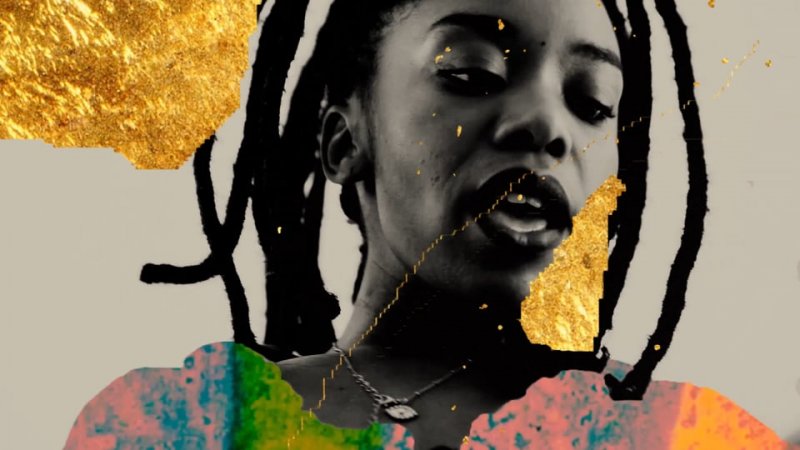 Still from 'Moving On', directed by RuffMercy, 2020, digital
Still from 'Moving On', directed by RuffMercy, 2020, digital
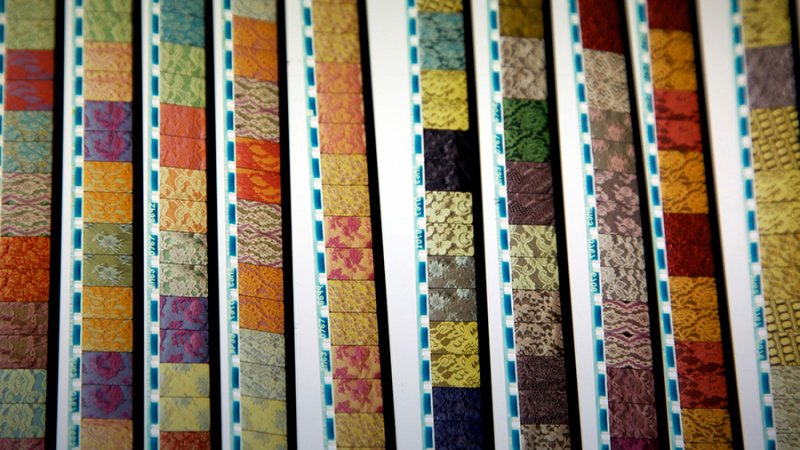 Film strips from 'Posthaste Perennial Pattern', Jodie Mack, 2010
Film strips from 'Posthaste Perennial Pattern', Jodie Mack, 2010Moving the Image
—Bailey SharpCRAFT
8A: THURSDAY, 8B: THURSDAY
*See myTimetable for Room & TimeStudio Inquiry
'Cause we are living in a (moving image) world and I am a (moving image)(person)' - Madonna
The relevance of learning how to make images move can't be overstated for a designer looking to cultivate a multimodal skillset. This studio sidelines preconceived ideas of how animation looks and feels to explore the wider possibilities of motion + time + image-making. By taking a broad view of animation we can explore the design of motion itself: how can we make things move for feeling, for meaning, for surprise?EngagementWe will build an understanding of the 12 principles of animation (the bedrock of traditional animation) through a process of hands-on experimentation in a wide range of media. Outcomes produced in workshop sessions will be self-contained studies which require their own inventive visual and movement solutions, teaching the craft of animation through varied application. For those without animation experience the aim is to build a raw motion skillset, suited for finding clever and inventive ways to merge movement into your existing design practices. For those coming in with an animation background the studio is a chance to challenge and broaden the scope of your current animation approach.
Communication of knowledgeEach outcome will be fit for a different purpose. How and where we share the work will be part of our in-class discussions. Results may include but are not limited to: generating a GIF set, creating a bumper, making a music video.
ActivitiesThe focus will be on producing hand-made 2-D animated works with the option of working digitally. As this studio is less focused on software and equipment, we will use what is available and accessible to problem-solve and create interesting things that move. We will produce zoetropes, puppets, gifs and collaborative films. In making these outcomes we will employ the techniques of stop-motion, hand-drawing, rotoscoping, photography and collage. We'll get our heads around various filming equipment and Adobe After Effects, our editing software of choice.
AssessmentsThere are 3 assessment tasks:
1. The Strips: Using different movement techniques you'll create a series of 12-frame 'film' strips which you can play in real-time on your DIY zoetrope.
2. The Project Portfolio: A series of animations that explore various media and techniques. Made to stand-alone and work together in collaborative outcomes across the class.
3. The Micro-Film: Your final SKO is a self-initiated moving-image project in the medium of your choice, informed by your studio experimentation.Pre-ReadingHave a look around the blogs listed below until you find a designer/animator whose work resonates with you. See what you can find out about how their practice. I'll ask you to come to this first session with some basic information about their work.
It's Nice That - A general design platform that often features the work of animators https://www.itsnicethat.com/
Motionographer - A motion graphics focused blog https://motionographer.com/
Pictoplasma - A platform for featuring innovative character design in animation https://pictoplasma.com/
Edge of Frame - Interviews with experimental animators www.edgeofframe.co.uk
Short of the Week - A short-film database which includes an Animation channel https://www.shortoftheweek.com/
Communities of PracticeDesigning Experiences, Designing through ImageNotesNo personal equipment is strictly required but we will be using Adobe After Effects for a portion of the class. If you have things like: light-boxes, drawing tablets, phone tripods, camera equipment- these are all tools you can utilize.